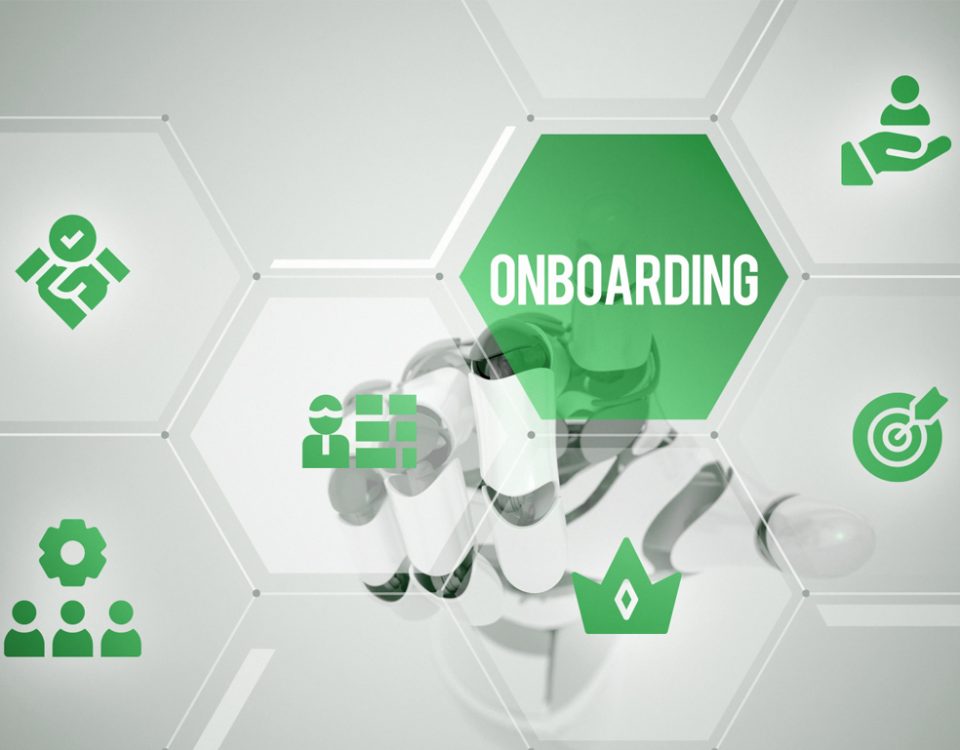
Ensuring Accessibility and Inclusivity in eLearning with Ozemio
June 18, 2024
Mastering Communication: Discovering Interactive eLearning Modules
June 25, 2024Author

Kadamberi Darad
We live in a transformation where machines and analytics are replacing many jobs. Automation, artificial intelligence, and robotics have reached supreme importance. McKinsey and Company stated that over 800 million jobs could be displaced by automation. Organizations require digital and transferable skills to stay competitive and aggressive.
It is a challenging task to build a confident workforce.
The rapidly changing business environment requires employees to be flexible enough to be ready for ambiguity, quickly adapt to the change, and reskill themselves to stay relevant. The transformation in the overall people-centric role is largely driven by this rapid change. Learning officers are opting for customized solutions with diverse eLearning services to meet their unique business challenges. For quite a long time Learning & Development has been seen as nice to have department, but now, due to its strategic requirement, they are the largest contributor in building the workplaces and workforce for the future. Today L&D is no longer just classes but making the workforce feel confident with changing skills and driving competitive advantages of the future. So how does L&D fulfill these many aspects with just a learning course? We recommend wearing the following caps: -
- Entrepreneurship
- Risk Evaluator
- Business Analyst
- Trusted Partner
Entrepreneurship – The best result will come from being systematic, purposeful, proactive, and focused. Business excellence can be achieved when L&D spearheads with the ability to analyze, plan, source, and deliver solutions related to human capital development. To enact real change in employees, L&D must have a clear vision, core values, a strategic framework, and process tools. Further, it must discover what is needed and define a clear "why" and "how" for every eLearning solution. Not only for their workforce, the L&D team themselves need the upskilling program to be effective in creating a stronger learning culture and engaging employees with meaningful learning.
Risk Evaluator – L&D officials are people enablers, who provide value through their training initiatives, engage with stakeholders, and take risks. The growth mindset asks for competent and talented L&D employees to achieve greater results, which in turn can create related risks. What will set them apart is the ability to anticipate the future skills demand, maximize output, and leverage its application organization-wide. While ingraining these learning and development initiatives into every aspect of the company, L&D enablers must calculate the risk. All other factors considered, the biggest risk for any L&D could be moving too slowly.
Business Analyst – Research shows that organizations are spending more on training employees. The global corporate training market size is projected to reach $417,212.5 million by 2025. The global demands expect L&D to develop a more robust, scalable, agile, and relevant learning strategy for business. The learning solution provider can be a solution architect, trainer, producer, learning program manager, curriculum developer, virtual facilitator, or a change enabler; they work towards bringing out the employees' capabilities. With more L&D teams adopting new ways of training their employees, they improve the credibility of the learning strategies. L&D is the stepping stone to finding a clear answer to current organizational capability and future demand and predicting the skills required for greater organizational development.
Trusted Partner – To extract the advantage from training initiatives, L&D will have to gain the trust of its most important stakeholder—employees. We have been seeing training initiatives for multiple organization-driven objectives, such as new processes, new technology, business excellence, required skills, and competency. But now is the time to revolutionize training initiatives with "purposeful training" consisting of clear learning objectives and stated required changes in knowledge, skills, or behavior. Training employees with clear goals and a purpose-driven approach improves their efficiency and dramatically improves that of the organization, too. In the last two years, we have witnessed the exponential growth of the consumption of eLearning services. L&D will have to gain the employees ' trust to have dynamic, self-directed, continuous learning for employees.
L&D is less about classes and more on creating an environment of self-learning.
As we proceed to a new age and new trends of L&D , we will be witnessing more advancement towards the roles of learning & development officials. Real L&D is less about teaching and more about creating an environment of self-learning. We must foster this dynamic element of self-learning in the presence of the right learning experts. Contact Ozemio to explore those avenues and manifest your organizational growth.
Related services
Product Engineering



